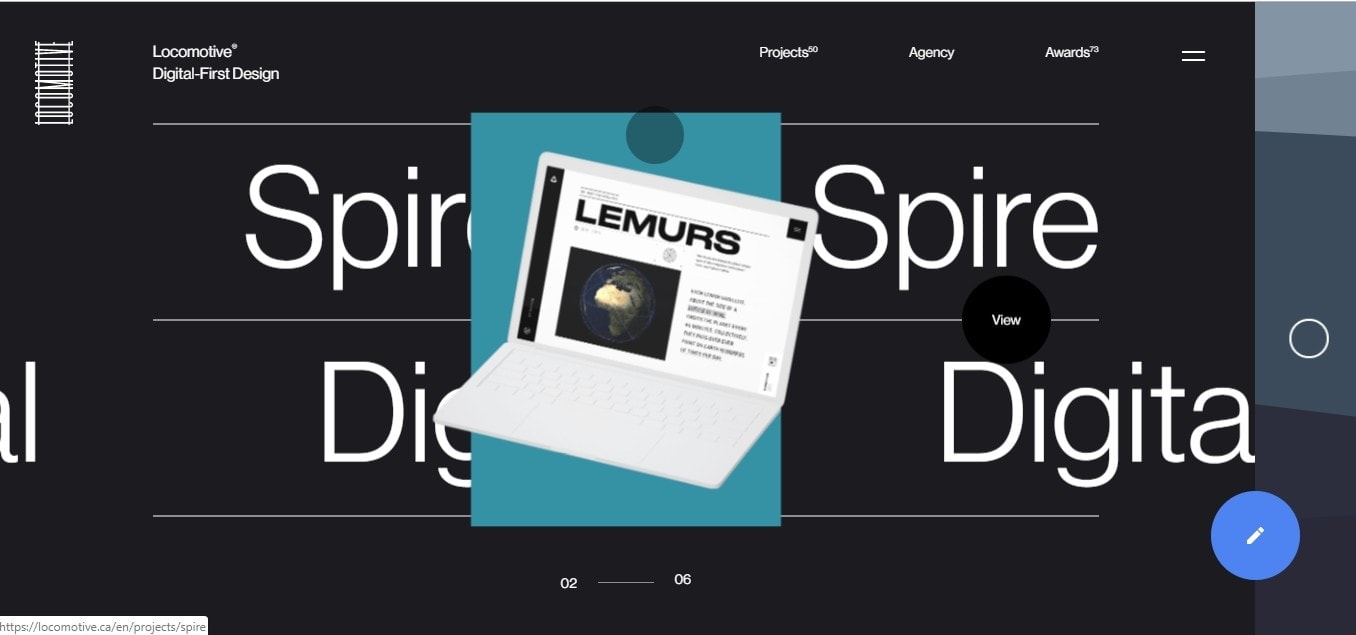Bragging Rights
Explore the latest trends, tips, and stories that make you stand out.
Pixel Perfect Chaos: Navigating the Wild World of Web Graphic Design
Dive into Pixel Perfect Chaos and master the art of web graphic design! Unleash your creativity and thrive in the digital jungle.
5 Essential Principles of Web Graphic Design Every Designer Should Know
When it comes to web graphic design, understanding the five essential principles is crucial for creating visually appealing and effective designs. First and foremost, contrast plays a vital role in ensuring that key elements stand out. By utilizing contrasting colors, sizes, and shapes, designers can guide users' attention to the most important parts of a webpage, enhancing usability and engagement. Second, repetition helps establish a recognizable style and consistency across a website. By repeating visual elements such as colors, fonts, and icons, designers can create a harmonious user experience that fosters brand identity.
Furthermore, the principle of alignment is essential for creating a tidy and organized layout. Proper alignment ensures that elements are visually connected, making it easier for users to navigate the content. Proximity is another key aspect, as grouping related items together promotes better comprehension and efficiency in information retrieval. Finally, white space should never be underestimated; it allows different elements to breathe and improves overall readability. Mastering these five essential principles will empower designers to craft websites that are not only aesthetically pleasing but also functional.

How to Balance Creativity and Usability in Web Design: Tips for Success
Balancing creativity and usability in web design is crucial for delivering an engaging user experience. To achieve this balance, start by understanding your target audience and their needs. Conduct thorough research to identify design preferences and usability expectations. Creative elements should enhance functionality rather than hinder it. Incorporate intuitive navigation, clear calls-to-action, and responsive layouts to ensure that users can easily interact with your site while still appreciating its artistic components.
Another effective strategy is to prioritize usability during the ideation phase of your design process. Utilize wireframes to map out layout and flow, allowing creative ideas to be tested for practicality. Once you have established a framework, you can introduce more innovative visuals and elements. Remember that usability testing is essential; gather feedback from real users to identify potential pain points. By iterating on your design based on user insights, you can harmonize creativity with usability for an optimized web experience.
What Are the Common Mistakes to Avoid in Web Graphic Design?
Web graphic design is a crucial aspect of creating an effective online presence, but many designers fall into common traps that can undermine their work. One significant mistake is using poor color combinations that fail to convey the brand’s message or appeal to the target audience. It's essential to choose color palettes that enhance readability and evoke the desired emotions. Additionally, neglecting responsive design is a critical error; with the increase of mobile users, websites must function seamlessly across various devices and screen sizes to reach a broader audience.
Another prevalent mistake is overcrowding the design with too much information. Keeping the layout clean and focused helps visitors to navigate the site easily and retain their attention. Instead of overwhelming users with dense text and numerous images, designers should aim for a balanced design that promotes clarity. Lastly, failing to incorporate consistent branding elements, such as logos and typography, can lead to a disjointed user experience. Consistency in design not only builds trust but also reinforces brand identity, making it essential to avoid this common pitfall.